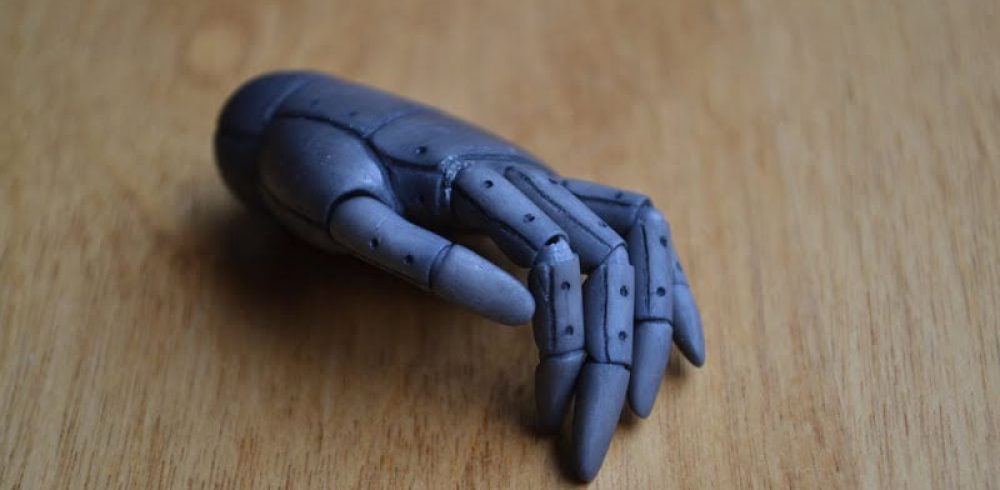Researchers at Glasgow University have engineered a synthetic skin for prosthetic limbs that can generate its own energy from solar power. Previously an electronic skin had been manufactured for prosthetic hands with a new super-material called graphene, but the solar power advancement is the work of wonders.
The new skin development needed a power source to operate its sensors as it was much more sensitive to touch. In previous developments, this had required a battery but the latest breakthrough has proven that finding unnecessary and has managed to masterfully integrate photo-voltaic cells into the skin.
Researchers are hopeful that eventually the prosthetic limbs motors will be powered by renewable energy rather than this just being a part of the skin. This could lead into the creation of an entirely energy-autonomous prosthetic that has medical fields in a buzz of excitement. These prosthetics are believed to have a much better sense of touch, texture and temperature
The addition of a solar power capability means there would be no need for an external battery that would have previously powered the skins sensors. A skin that can generate its own energy and the power that is needed to operate it is a futuristic engineering advancement.
Specialists on the project are open in the fact the study still has a long way to go as they are attempting to bring the weight closer to that of the normal human hand. From a prosthetic point of view this leads to a skin that lets an amputee feel more like they would with the normal limb, without the need for any additional battery which will already ensure the new limb is lighter. The team are making some encouraging progress and are looking forward to presenting their findings over the next few months.
The technology is also thought to increase the functionality of robots, allowing them to have a clearer understanding of touch and how to interact with what they feel. The new skin requires a mere 20 nanowatts of power per square meter which is much less than in previous developments. Within the course of the next two years, researchers hope to further develop their prototype.















